
The South African Military Health Service is the branch of the South African National Defence Force responsible for medical facilities and the training and deployment of all medical personnel within the force. Though unusual, as most national militaries integrate their medical structures into their existing service branches, the SANDF regards this structure as being the most efficient method of providing care and support to the SANDF's personnel.

General Pieter Grobbelaar, was a South African military commander. He served as Army Chief of Staff from 1953 to 1958, and Commandant General of the South African Defence Force from 1961 to 1965.
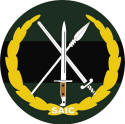
The South African Army Infantry Formation supervises all infantry within the South African Army.
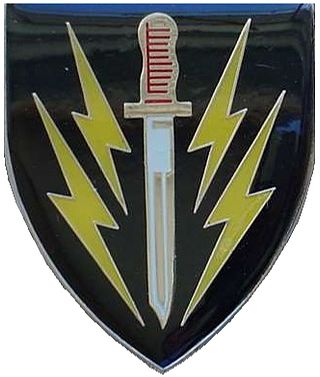
61 Mechanised Battalion Group was a unit of the South African Infantry Corps; although it was classed as mechanized infantry, it was a combined arms force consisting of infantry, armour and artillery.
Lieutenant General Dr. Colin Royden Cockcroft, MBChB was a South African military commander.
The South African Medical Service (SAMS) was a branch of the South African Defence Force (SADF). In 1994 when the SADF was merged with various other military and armed resistance forces as part of the post-apartheid reforms the SAMS became the South African Military Health Service of the South African National Defence Force. The SAMS operated three hospitals, 1 Military Hospital in Pretoria, 2 Military Hospital in Cape Town, and 3 Military Hospital in Bloemfontein. It also had three specialist institutes; the Institute for Aviation Medicine, the Institute for Maritime Medicine, and the Military Psychological Institute.

7 Medical Battalion Group is the specialist Airborne Medical Unit of the South African Military Health Service. The Battalion's main task is to render medical support to the South African Airborne and Special Forces. The unit falls under the command of the Mobile Military Health Formation.
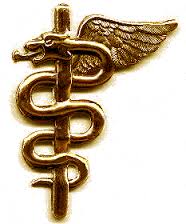
The Operational Medical Orderly, better known as the Ops Medic is the collective name for the South African Defence Forces Operationally trained Medics. The Ops refers to the Operational area and was used to indicate that the medical orderlies deployed to the Operational area or theatre of operations of the then South African Defence Force (SADF). The Operational area referred to the border or cutline between Namibia and Angola where the Angolan Bush War conflict or border war was taking place from the 1970s to 1989.

44 Parachute Brigade was a parachute infantry brigade of the South African Army. It was founded on 20 April 1978, by Colonel Jan Breytenbach, following the disbandment of 1 SA Corps and the battle of Cassinga. Upon formation, the brigade was commanded by Brigadier M. J. du Plessis, who was assigned the task of establishing by working with the Parachute Staff Officer, Colonel Jan Breytenbach. At the time du Plessis was the commanding officer of the Orange Free State Command and had previous experience serving in 1 Parachute Battalion. Breytenbach had also been a member of 1 Parachute Battalion and had also founded the South African Special Forces Brigade and 32 Battalion. The location that was chosen for the brigade's headquarters was in the lines of the OFS Cmd Headquarters, next to the old Tempe Airfield in Bloemfontein.
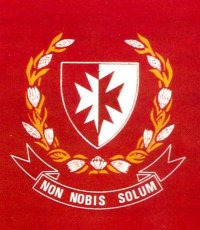
1 Medical Battalion Group is a Medical Battalion in the South African Medical Health Services (SAMHS), part of the South African National Defence Force (SANDF). The unit falls under the command of the Mobile Military Health Formation. As a reserve unit, it has a status roughly equivalent to that of a British Army Reserve or United States Army National Guard unit. It is based in the city of Durban in KwaZulu-Natal, South Africa.

Northern Transvaal Command was a command of the South African Army. It was active from 1959 to mid 2000 when it was disestablished. Formerly it was named Northern Command from 1946 to 1959.

7 South African Infantry Division was a formation of the South African Army, active from the 1960s to 1999.

12 South African Infantry Battalion was a horse, dog and motorbike assisted infantry unit of the South African Army, which provided horse-mounted infantry and dog handlers to the army for defence purposes.
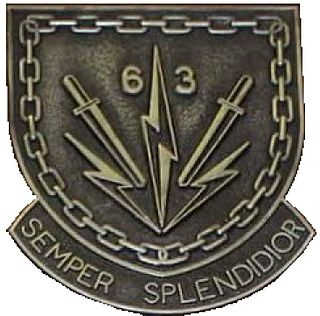
63 Mechanised Battalion Group was a unit of the South African Infantry Corps; although it was classed as mechanized infantry, it was a combined arms force consisting of infantry, armour and artillery. Together with 61 Mechanised Battalion Group and 62 Mechanised Battalion Group, these units made up 60 Brigade encompassing battlegroup principles.

7 Medium Regiment was based in Benoni, South Africa, and was responsible for the training of soldiers allotted to Field and Medium Artillery.

111 Battalion was a motorised infantry unit of the South African Army.

113 Battalion was a motorised infantry unit of the South African Army.

115 South African Infantry Battalion was a motorised infantry unit of the South African Army.

2 Locating Regiment was an artillery regiment of the South African Artillery. The regiment provided divisional troops but was typically organized to allocate locating batteries to brigades.
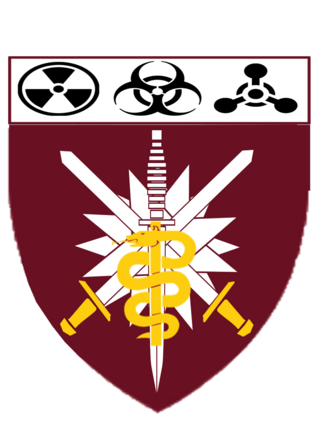
The South African Military Health Service Mobile Military Health Formation is the SANDF military special operations health capability. The formation operates two regular force medical battalions, with 7 Medical Battalion Group providing support to the South African Special Forces Brigade and 8 Medical Battalion Group focusing on airborne operations. Three reserve units, 1 Medical Battalion Group, 3 Medical Battalion Group and 6 Medical Battalion Group fall under the command of the formation.

































